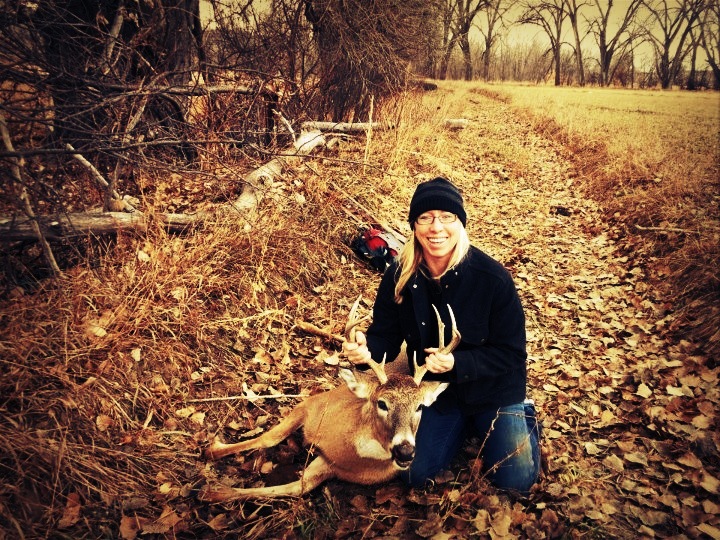The Tongue River Railroad Company Ran Out Of Money And Saved My Hunting Season

Last fall, I was a hunting failure. It’s not because I’m a bad shot or I because don’t know how to find the critters. It’s because of the Tongue River Railroad Company (owned by Burlington Northern Santa Fe, billionaire Forrest Mars and struggling coal company Arch Coal).
Let me put a caveat in here. My season wasn’t a complete failure. If it wasn’t for a rancher friend on the Tongue River who took pity on me, it might have been a complete failure. I was able to get out the day before deer season ended and fill my tag. Regardless, many other tag s went unfilled and my bird dog, Maggie, had to rely on my brother-in-law to get some pheasants.
So how is a railroad company responsible for the amount of game meat in my freezer?
It’s very simple. Instead of spending last November looking for deer and elk, I was either organizing people to attend public hearings, writing blogs about the public hearings, or sitting in public hearings about the proposed Tongue River Railroad.
Fast Forward to 2014
Here we are coming up again on hunting season. Permission has been asked. Locations have been secured. Vacation days saved up.
But there was a nagging thought at the back of my mind. The TRRC wanted to have their Draft Environmental Impact Statement (DEIS) out by fall or early winter 2013.
To say the least, the timeframe was ambitious. Most of us working on this issue argued there was no way they could do a thorough job on an EIS in six months. However, the release of a DEIS meant lots of public hearings and long winter evenings spent in windowless hearing rooms. I had a sinking feeling that instead of hunting, I’d be reading, researching and commenting on a two thousand page document about the impacts of the Tongue River Railroad.
You can imagine how happy I was when I talked to the staff at the Surface Transportation Board a couple of weeks ago and they told me that they were asked by the TRRC to defer work on the environmental study due to a “budget crunch.” Apparently, the work on the EIS has already exceeded what the TRRC budgeted.
Although I asked, there was no reason given to me about why. We can only speculate. Shaky market? Shaky financing? Shaky support? If TRRC was certain about this project and the market for Otter Creek coal, why not stick with the original timeline?
The ever-changing Tongue River Railroad timeline
This isn’t an anomalous occurrence for the TRRC. Heck, they’ve been trying to get this rail line built for over 30 years. Back in 2003 they speculated that the Otter Creek mine would be open in 5 to 10 years.
The new estimate for the release of the Draft EIS is projected to be sometime next summer. That new timeline may be the end of the TRR considering the market for their coal is rapidly shrinking and it takes a massive capital investment to open a greenfield coal mine (a mine in an area without any existing infrastructure) and to build a new rail line through rough country with steep grades and landowners who, to put it mildly, object to a corporation seizing their property and having a coal trains running through their ranches every day.
Last I checked, the Tongue River Railroad is projected to cost around $6 million dollars a mile to build. That’s a hefty chunk of change to invest without any certainty in who they would actually be selling their coal to.
Back to my hunting season
But you know what, even if the hearings were going to be held during hunting season, I would have called those landowners and scratched the dates from the their calendars and joined the other people in southeastern Montana who have been fighting this railroad for much of their lives.
I’ll sacrifice a couple of hunting seasons to protect that valley and its wildlife for future generations.
It’s a good trade.
